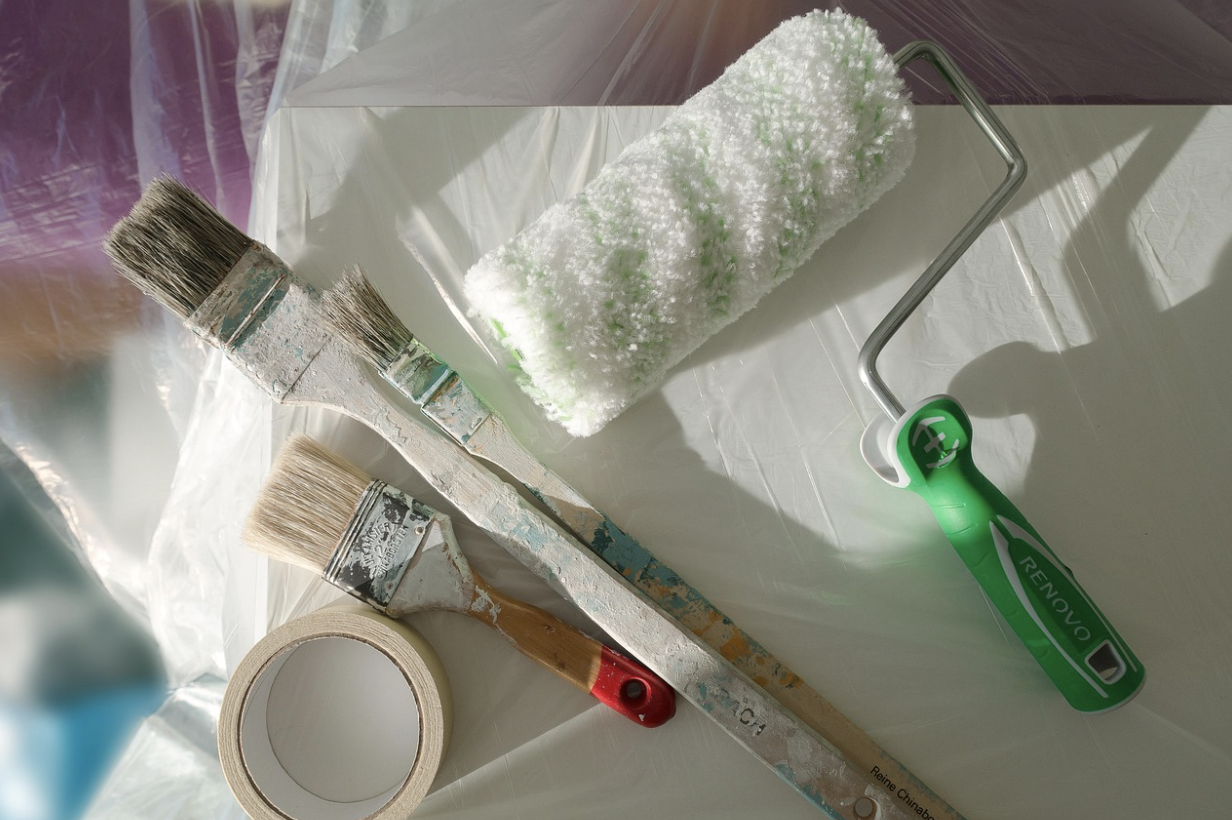Creating Safe Spaces for Kids During Home Renovation

Home renovations are exciting opportunities to transform living spaces, improve comfort, and increase property value. For families with young children, the process can introduce challenges related to safety, noise, and disruption of daily routines. From tools and materials to changing floor layouts, construction sites can quickly become unsafe environments if not carefully managed.
Creating designated safe spaces ensures that children remain secure and comfortable while work is underway. It helps parents maintain routines, reduce stress, and prevent unnecessary accidents. With a clear strategy and the right preparation, homeowners can balance progress and protection throughout any renovation project.
Planning Ahead Before Construction Begins
Preparation is the most effective way to ensure safety and minimize stress during renovations. Before work starts, parents should discuss the project timeline, expected disruptions, and safety protocols with contractors. Clear communication allows everyone to anticipate which areas will be off-limits and how long certain parts of the home will remain under construction.
Establishing ground rules for children is equally important. Parents can explain which zones are restricted and why, helping kids understand the importance of following safety guidelines.
Setting boundaries early encourages cooperation and prevents unnecessary accidents once the work begins. When major projects involve structural work or external repairs, like when it’s time to replace roof sections or upgrade insulation, families may need to temporarily relocate to another part of the home or stay with relatives. Roofing projects, in particular, involve falling debris and loud noises that can frighten children or disrupt sleep schedules. Temporary relocation or setting up a comfortable, safe zone in an unaffected area keeps children away from hazards while allowing the renovation to progress smoothly.
Creating a Designated Kid-Friendly Zone
Establishing a dedicated space for children during renovation provides stability amid the chaos. This safe zone should be in an area far from the work site, ideally separated by a door or barrier that limits dust and noise. Bedrooms or playrooms located on the opposite side of the house are ideal choices.
Within this space, include familiar toys, books, and comfort items to create a sense of normalcy. Adding a small table for crafts, puzzles, or schoolwork keeps children engaged while parents oversee renovation progress. For toddlers and younger kids, setting up a playpen or soft flooring adds an extra layer of safety.
Air quality should not be overlooked. Construction generates dust, fumes, and particles that can irritate sensitive lungs. Using air purifiers, sealing vents, and keeping windows closed in the child’s area can help maintain cleaner air. For major projects like flooring or painting, opt for low-VOC materials that emit fewer chemicals and odors.
Managing Noise and Disruption
Noise is one of the most stressful aspects of any home renovation. Hammering, drilling, and power tools can disrupt naps, homework, or quiet family time. While noise is unavoidable, planning can reduce its impact.
Families can coordinate with contractors to schedule the loudest work during school hours or outdoor playtime. If that isn’t possible, providing children with noise-canceling headphones or turning on soft background music can help mask disruptive sounds. Establishing a predictable daily routine, where noisy periods alternate with calm breaks, helps kids adapt more easily to the temporary environment.
Maintaining Clear Pathways and Barriers
Construction materials, cords, and debris can quickly clutter hallways and entryways. Regular cleanup and organization are crucial to preventing accidents. Parents should ensure that workers store tools securely at the end of each day and that sharp objects or hazardous materials are never left within reach of children.
Installing safety gates or temporary barriers helps control access to dangerous areas. Simple solutions like childproof locks and “no entry” signs on work zones reinforce safe habits. In outdoor projects, covering open trenches or using temporary fencing prevents curious children from wandering into active construction sites.
Encouraging Learning and Participation
Renovation doesn’t have to feel like chaos, it can become a learning experience for children. Parents can use the opportunity to teach basic safety principles, problem-solving, and teamwork. Explaining how different tools work, describing what contractors are doing, or showing design plans can make children feel included rather than restricted.
Older children may enjoy small, supervised tasks like painting a wall, organizing supplies, or helping choose new furniture. Involving them in decisions about colors or layouts fosters a sense of ownership and reduces frustration about temporary disruptions. Turning the renovation into a family project builds cooperation and makes the experience more positive.
Keeping Routines Stable
Children thrive on consistency. Renovations can disrupt mealtimes, bedtimes, and play schedules, so maintaining predictable routines helps minimize anxiety. Even small efforts, like keeping consistent snack breaks or bedtime rituals, can bring comfort amid the changing environment.
For families with school-aged children, creating a quiet study corner ensures that learning continues without interruption. For younger kids, scheduling outdoor playtime or short visits to friends or relatives can provide a needed break from construction noise and activity.
Creating safe spaces for children during home renovation is about foresight, organization, and adaptability. By clearly defining boundaries, maintaining clean and comfortable zones, and involving kids in the process, families can transform what might seem like a stressful period into an opportunity for growth and connection.






